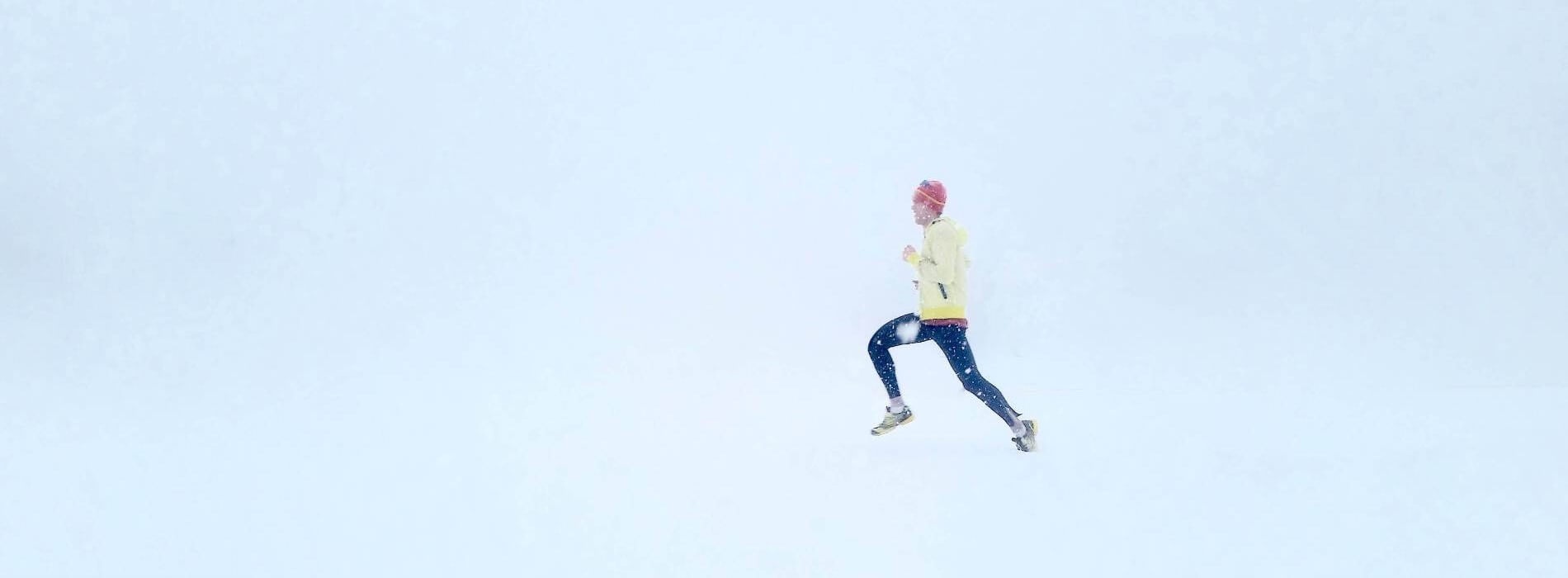Winter running? Sure!

Whether you like it or not, winter is just around the corner. The days are getting shorter and outside it’s cold and miserable. Admittedly, snuggling up at home sounds much more attractive than going for a run, but if you want to stay fit through the coldest season, you have to do something about it! In the following article we’ll tell you how you can overcome your inner couch potato and what you should pay attention to during winter runs. But first of all: anyone can run in winter – so there are no excuses!
Chakka!
Do you feel more like Netflixing on the couch than running in the fresh, crisp air? Then it's high time you kicked your own ass! The best motivational tip we can give you is to go out running with friends because suffering shared is suffering halved. Go to regular running meetings or join training groups. Having a concrete appointment will commit and motivate you immensely. Don't worry: once you get a taste for it, there's no need for excuses. Soon you’ll be looking forward to your winter runs! And no matter how gruesome the weather is, the feeling afterwards is unbeatable: you’re guaranteed to feel good and proud of yourself for overcoming your inner laziness, I promise.
Clothes maketh the runner
In general, you shouldn’t put on too many clothes, because sweat can cool down your body very quickly. So, you can safely do without thick jackets and cotton textiles. A windproof and waterproof outer layer consisting of a jacket and pants is better – so you stay at a comfortable temperature even when it's wet. Add a pair of light gloves and a hat or headband and you're ready for the wind and weather. As a rule of thumb for the right amount of clothing, if you're still a little chilly when you start running, you've made the right choice. After five to ten minutes at the most, you'll have warmed up and feel like a snug little poodle.
Tips & Tricks for Running in Winter
In winter, slippery or icy ground is not uncommon so you should pay close attention to the condition of the ground. Trail running shoes with profiled soles offer you great grip and help you run much more safely. If you’re only running on dry asphalt, normal running shoes will do the job fine.
The positive side effect of running on different surfaces is that you become much more receptive to the nature of the ground. Snow also strengthens your deep muscles – a great addition to your training program. If you train on difficult terrain, you’ll become faster and stronger on easier terrain!
Another factor in winter is darkness; runs after sunset are all about seeing and being seen. Reflective or colourful clothing increases your visibility enormously. Additionally, equip yourself with a practical headlamp and you’re guaranteed to be able to see where you’re going (and be seen).
[social_share show_share_icon="yes"][vc_pinterest type="none"]
